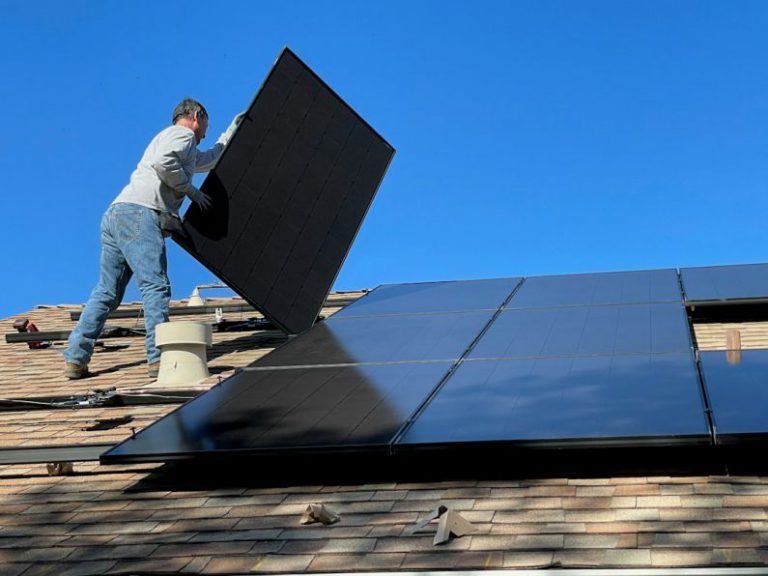How to Grow Your Own Organic Garden?
Imagine stepping out into your backyard and plucking a perfectly ripe tomato from your very own organic garden. The taste is unrivaled, the satisfaction immeasurable. Growing your own organic garden not only allows you to have access to fresh, nutritious produce, but it also enables you to take control of what goes into your food. If you’re ready to embark on this rewarding journey, here are some essential tips to help you grow your own organic garden.
Choose the Right Location
The location of your organic garden plays a crucial role in its success. Select an area that receives at least six hours of direct sunlight every day. Ensure that the spot is easily accessible, preferably close to a water source. Additionally, consider the soil quality in that area. Test the soil pH and make any necessary amendments to create a fertile environment for your plants.
Prepare the Soil
Before planting anything, it’s essential to prepare the soil properly. Remove any weeds or grass from the area and till the soil to a depth of at least 6-8 inches. Incorporate organic matter such as compost or well-rotted manure to improve the soil structure and provide essential nutrients. This will ensure that your plants have the best possible start and thrive throughout the growing season.
Choose the Right Plants
When selecting plants for your organic garden, opt for varieties that are well-suited to your climate and growing conditions. Consider the space available and the amount of sunlight your garden receives. Additionally, choose disease-resistant varieties to minimize the need for chemical interventions. It’s also a good idea to mix different types of plants to promote biodiversity and deter pests naturally.
Plant at the Right Time
Timing is crucial when it comes to planting your organic garden. Each plant has its own ideal planting time, which depends on factors like frost dates and the plant’s growth requirements. Consult a local gardening guide or nursery to determine the best time to sow seeds or transplant seedlings. By planting at the right time, you give your plants the best chance of thriving and producing a bountiful harvest.
Water Wisely
Proper watering is vital for the health and productivity of your organic garden. Water your plants deeply but infrequently to encourage deep root growth. Avoid overhead watering, as it can promote the spread of diseases. Instead, use a soaker hose or drip irrigation system to deliver water directly to the plant’s roots. Mulching around your plants can also help retain moisture in the soil and reduce evaporation.
Practice Organic Pest Control
One of the biggest challenges in organic gardening is managing pests without the use of synthetic chemicals. Start by creating a healthy garden ecosystem that attracts beneficial insects like ladybugs and lacewings, which feed on garden pests. Additionally, you can use natural pest deterrents like homemade sprays made from neem oil, garlic, or hot pepper. Regularly inspect your plants for signs of pest damage and take appropriate action promptly.
Harvest and Enjoy
As your plants mature, it’s time to reap the rewards of your hard work. Harvest your produce when it’s fully ripe for the best flavor and nutritional content. Use a sharp knife or pruning shears to avoid damaging the plant. Remember to harvest regularly to encourage continuous production. Enjoy the fruits of your labor by incorporating your homegrown organic produce into delicious meals, sharing with friends and family, or preserving for later use.
In conclusion, growing your own organic garden is a fulfilling and sustainable way to enjoy fresh, healthy produce. By choosing the right location, preparing the soil, selecting suitable plants, planting at the right time, watering wisely, practicing organic pest control, and harvesting at the peak of ripeness, you can create a thriving organic garden that will provide you with abundant, flavorful produce throughout the growing season. So, roll up your sleeves and get ready to experience the joys of growing your own organic garden.






